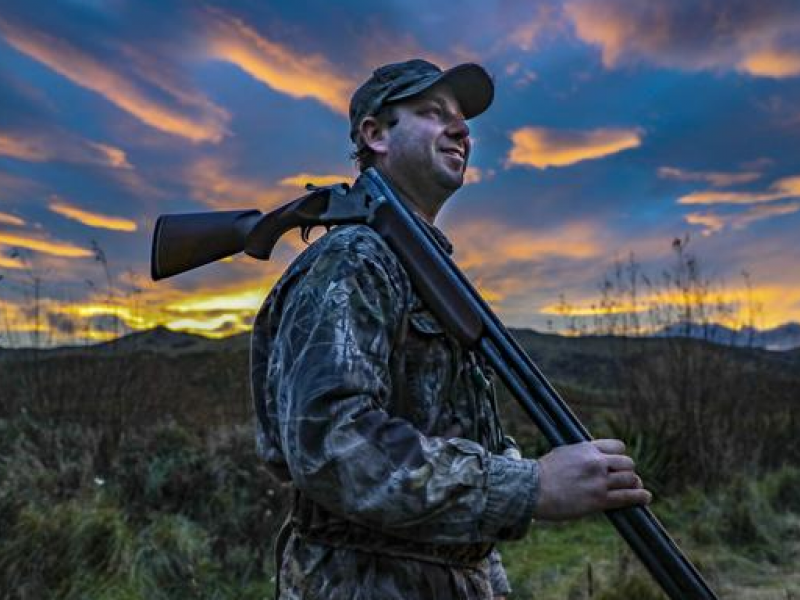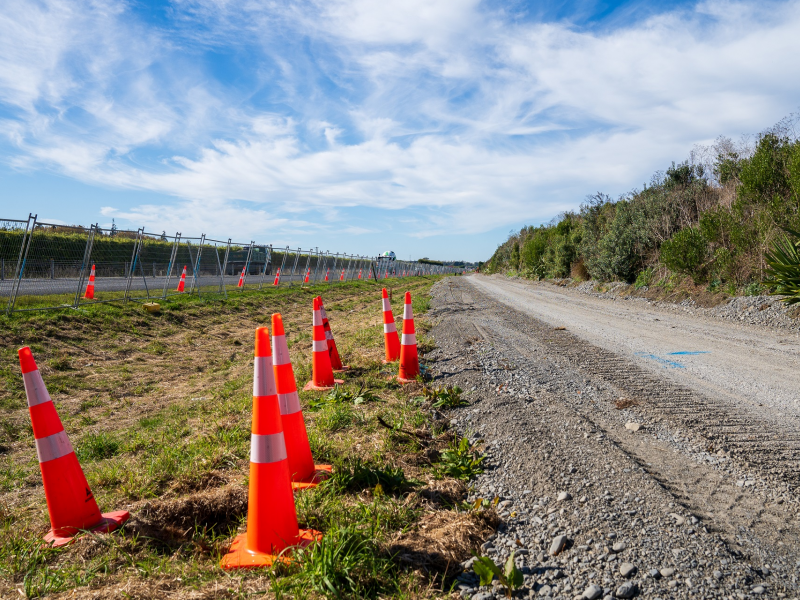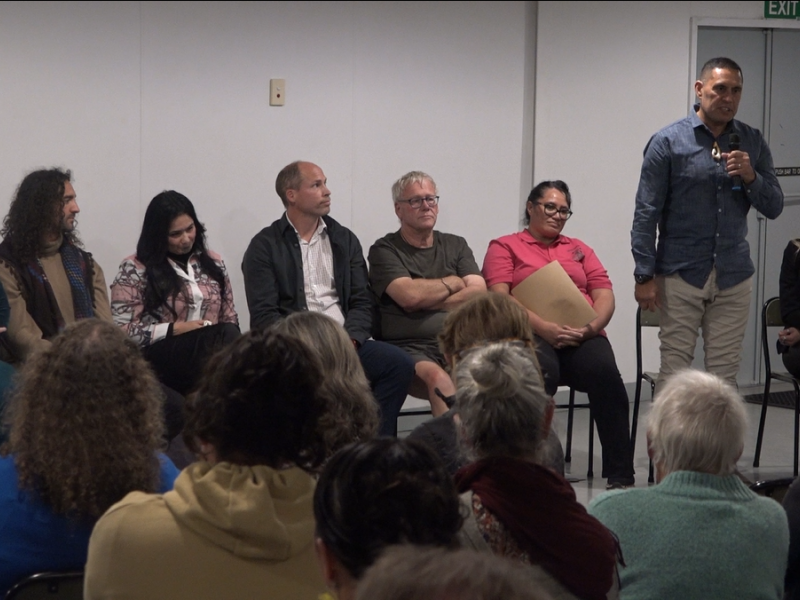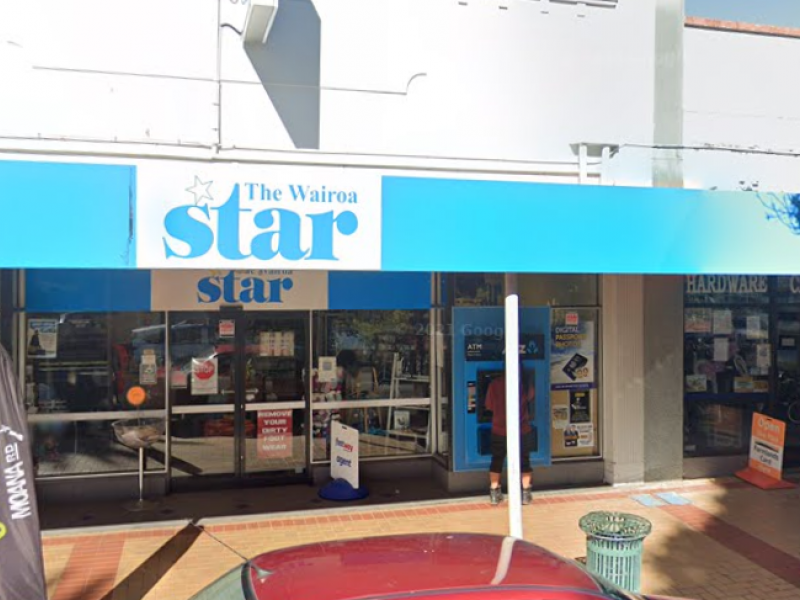Video: Sandra Hazlehurst says building back better the only way
Faced with destruction in her district, Hastings Mayor Sandra Hazlehurst’s new mantra is build back better.
Hazlehurst sat down for a wide-ranging interview with Hawke’s Bay App this week and displayed a determination to ensure the region returns to normality.
She says that the past week or so has been like no other.
“Firstly, my heart goes out to all the families who have lost loved ones, and this is a tragic event. We don't know what's to come, but we have to just remember and acknowledge the people who have lost their lives.”
She says some did not have insurance and had lost their homes and contents, while others had no employment anymore.
“It's catastrophic going out and seeing our communities, particularly our rural communities, which are the economic powerhouse of our region, have been impacted hugely. To see the devastation out there over the last few days, it's just been incredibly sad.”
“We're still in a state of national emergency. And, so, pretty much me and my team have a foot in each camp at the moment, both recovery and response. It is responding to the emergency, and recovery, how are we going to rebuild?”
This is where the build back better mantra comes in.
“It’s about where housing will go, where people will live, how we rebuild, and where productive lands will be best.”
“One of our biggest risks at the moment is understanding that our flood banks are compromised. Driving all around the district the other day and seeing these big gaping holes in our flood banks. We are very vulnerable.”
She says that infrastructure like roads and bridges are the district’s lifeline and there was already a plan underway before the Cyclone to replace local bridges. An example of this was the Rissington bridge which was recently repaired to withstand a one in 500 year event.
“We had a big opening and celebration of the bridge being strengthened to manage earthquakes. But the volume of water that came down from the ranges and fed into our main three rivers and all the tributaries, meant nothing could cope with it. The Rissington River, for example, went from a 50 metre river across to a 90 metre one, so nearly doubled in size.”





























